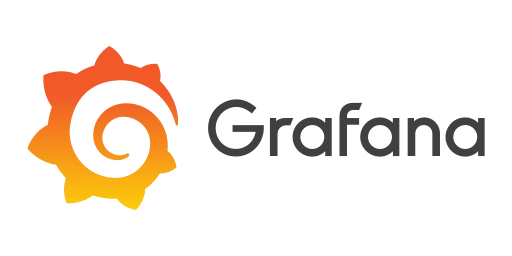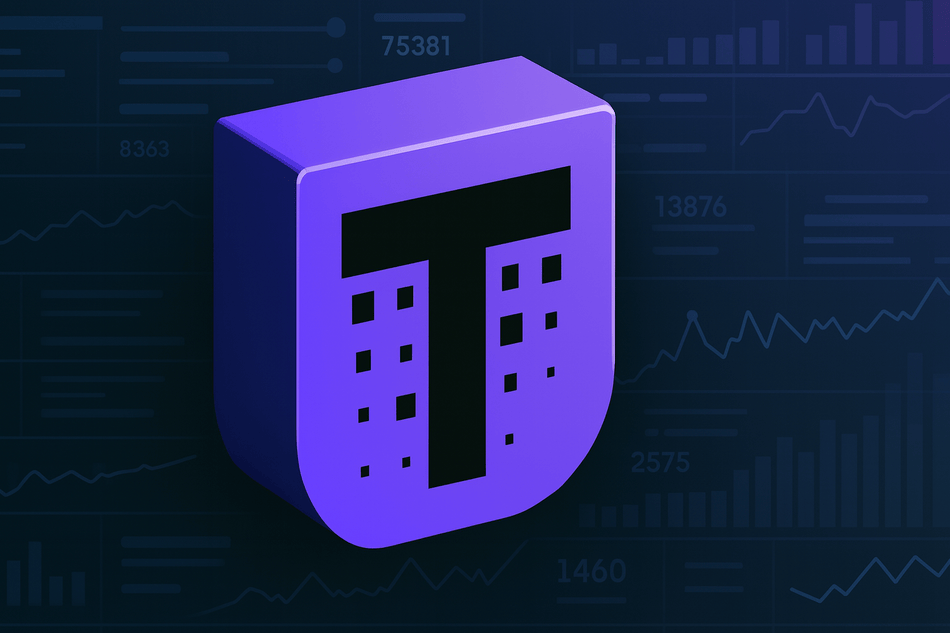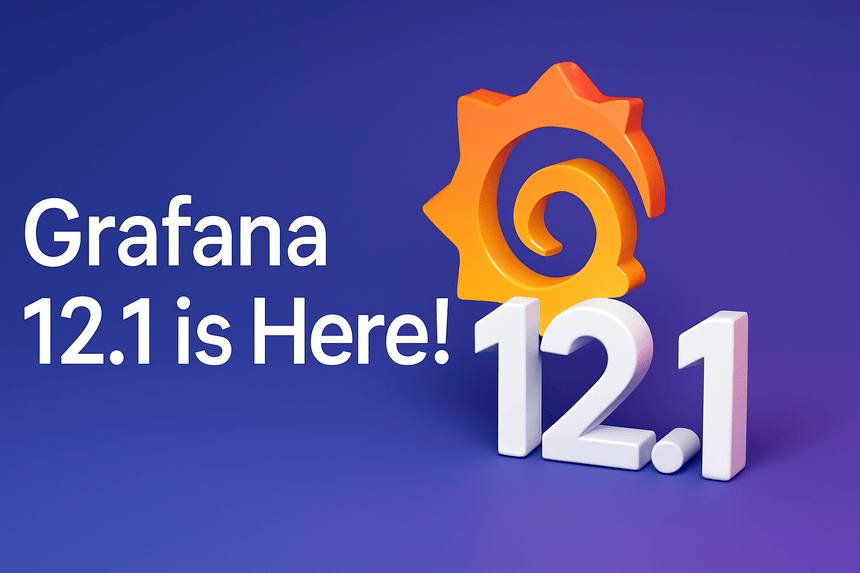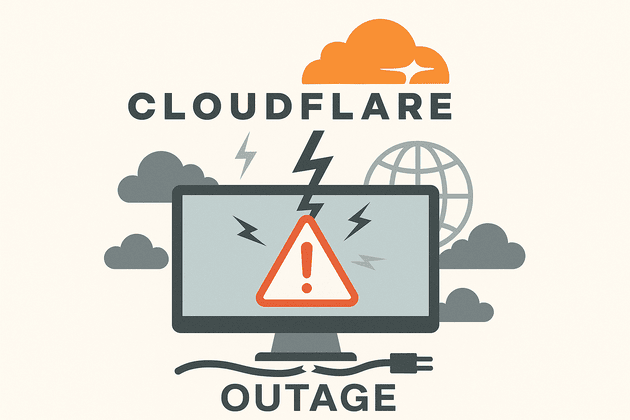After configuring Loki to store logs and Prometheus to store system metrics, they need to be properly analyzed and visualized to gain insights into the behavior of the system and applications running inside the system. This is the final stage, the icing on the cake on top of all the other observability signals.
The raw logs might not be as useful as raw logs, and the Prometheus UI does not represent data in a user-friendly fashion, a tool that will ensure the data collected is more useful and easily interpretable is what is needed. The tool for this is called Grafana.
What is Grafana
Grafana is an open-source platform for monitoring, visualization, and analysis of data. It provides users with the ability to query, visualize, alert on, and explore metrics and logs from various data sources in real-time. Grafana is highly extensible and widely used in conjunction with monitoring tools like Loki, Tempo, Prometheus, and many others.
Key Features of Grafana
Data Source Integration:
- Grafana supports a wide variety of data sources, including time-series databases, cloud services, SQL databases, and logging platforms.
- Popular integrations include Prometheus, Loki, InfluxDB, ElasticSearch, AWS CloudWatch, Google Cloud Monitoring, and MySQL.
Customizable Dashboards:
- Grafana allows users to create interactive and visually appealing dashboards with multiple visualization options like graphs, heatmaps, gauges, tables, and more.
- Dashboards can be customized with user-defined queries, time ranges, and variables.
Real-Time Monitoring:
- Data is visualized in real time, making it ideal for monitoring applications, infrastructure, or business metrics.
- The platform supports streaming data for instant insights.
Alerting:
- Users can configure alerts based on defined thresholds or conditions.
- Alerts can be sent via integrations with notification channels like email, Slack, PagerDuty, and others.
- User Management and Access Control: Grafana supports user authentication and role-based access control to manage dashboard visibility and editing permissions.
- Plugins and Extensions: Grafana’s plugin ecosystem enables additional features, data source support, and visualization types. Plugins can be installed directly from the Grafana plugin library.
- Multi-Tenancy: Grafana supports multiple organizations within the same instance, enabling isolated environments for different teams or projects.
How Grafana Works
Data Querying: Grafana connects to a data source, which can be a database or monitoring system, and queries the data based on user-defined parameters.
Visualization: The queried data is presented using customizable visualizations like time-series graphs, pie charts, or bar charts.
Dashboard Interaction: Users interact with dashboards, applying filters, changing time ranges, or drilling down into specific metrics.
Alerting and Notifications: If thresholds or conditions are breached, Grafana triggers alerts to notify users or teams through connected channels.
Common Use Cases
System and Infrastructure Monitoring:
- Monitoring CPU, memory, disk usage, and network performance.
- Integrates with Prometheus or CloudWatch for infrastructure metrics.
Application Performance Monitoring (APM):
- Visualizing application metrics like latency, error rates, or transaction throughput.
- Log Analysis: Combined with Loki, Grafana provides powerful log aggregation and analysis capabilities.
- Business Metrics Tracking: Displaying KPIs, financial data, or sales metrics in customizable dashboards.
- IoT and Sensor Data: Visualizing data from IoT devices or sensors connected to time-series databases.
Benefits of Grafana
- Flexibility: Works with a wide variety of data sources and visualizations.
- Open Source: Free to use, with enterprise options available for advanced features.
- Community Support: Large community with extensive documentation and plugins.
- Scalability: Suitable for both small teams and large organizations.
Grafana Deployment
Grafana can be deployed in several ways:
- Self-hosted: Install on servers using Docker, Kubernetes, or native binaries.
- Managed Services: Use Grafana Cloud, a fully managed solution by Grafana Labs.
- Integrated Platforms: Available in various cloud marketplaces (AWS, Azure, GCP).
How to Setup Grafana in Kubernetes
Pre-requisites
- A running Kubernetes Cluster (local or remote)
- Helm Binary installed from the official Helm website (https://helm.sh)
Run the following command on the CLI to add the helm repo:
helm repo add grafana https://grafana.github.io/helm-charts
helm repo update
Run the following command on the CLI to Install Prometheus using the chat:
helm install grafana grafana/grafana --namespace monitoring
With that command, the following components will be installed automatically to your Kubernetes Cluster
Conclusion
Grafana is a versatile observability and monitoring platform that provides strong data visualization and analysis features for various data sources. Its adaptability and open-source design make it a go-to solution for organizations aiming to achieve real-time insights and improve operational effectiveness.







